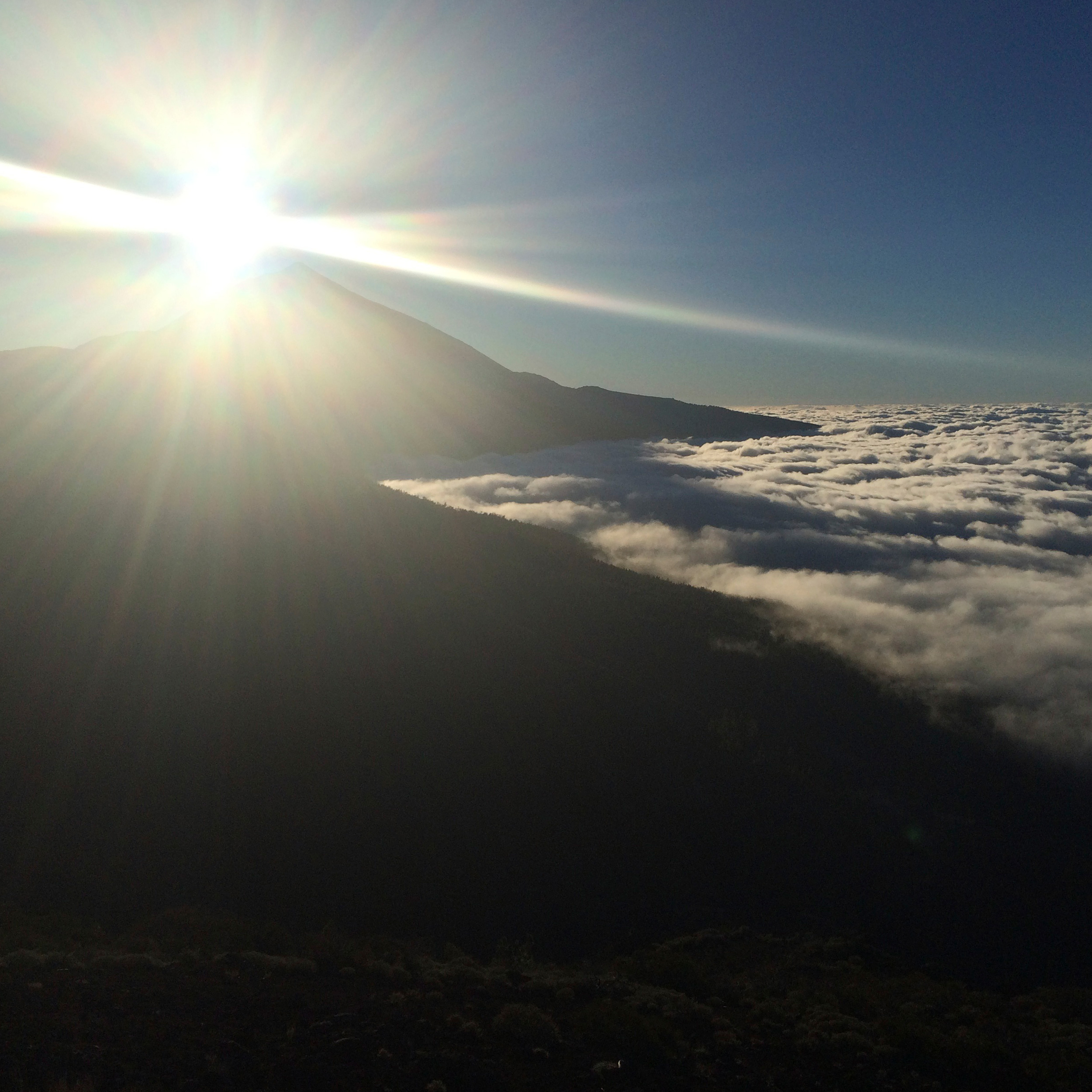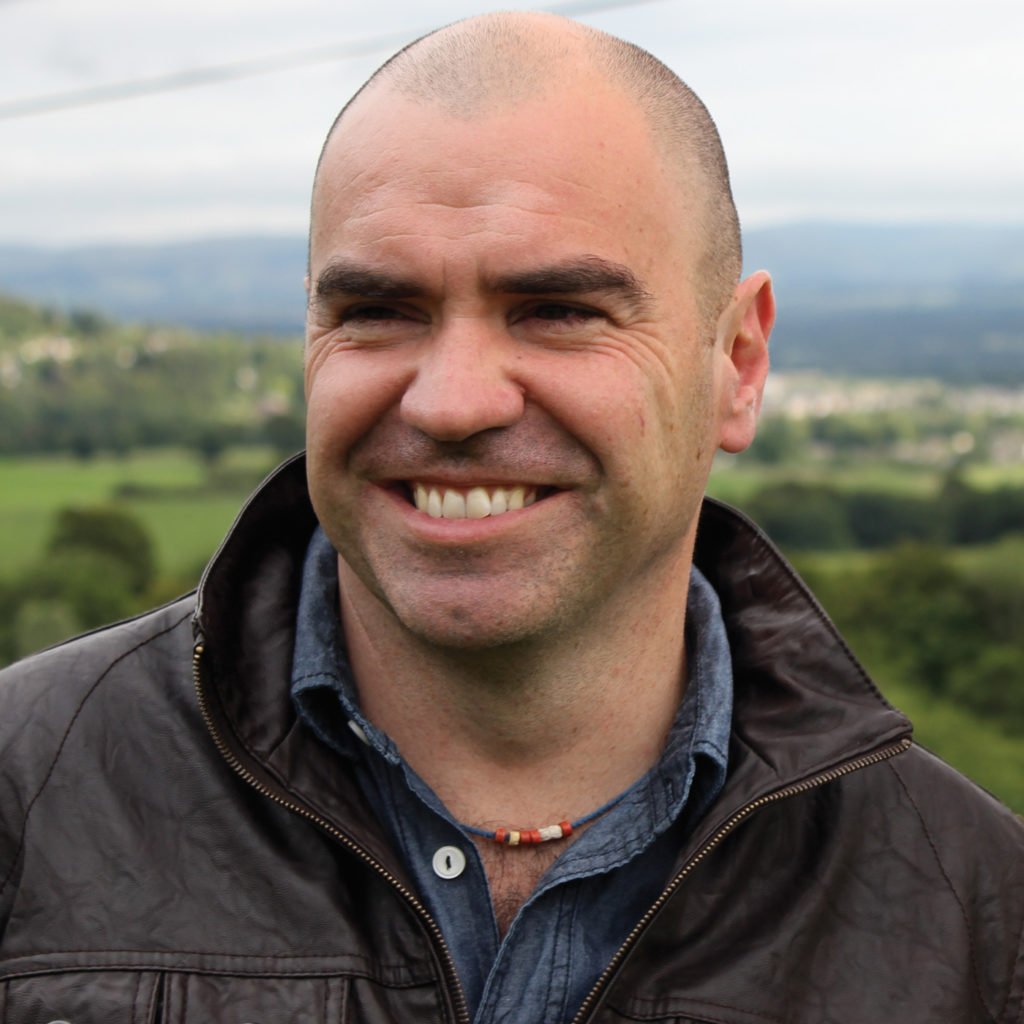It was November 1971, on La Palma, in the Canary Islands. Carlos Lozano, like everyone else on the island, had been feeling tremors for a month—small explosions, sounds coming from under the earth.
“I remember it was a Saturday. We were all watching television, sitting on the couch. And suddenly,…
To read this article and more,
subscribe now.
To continue reading without interruption, subscribe and get unlimited digital access to our web content and wine search.
This story appears in the print issue
of August 2015.
Like what you read? Subscribe
today.
















